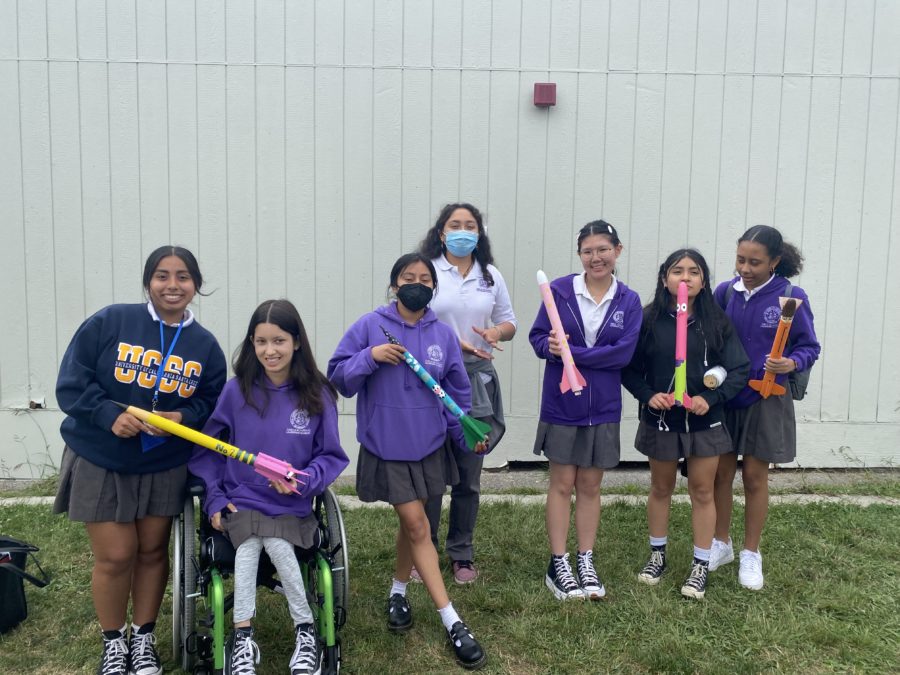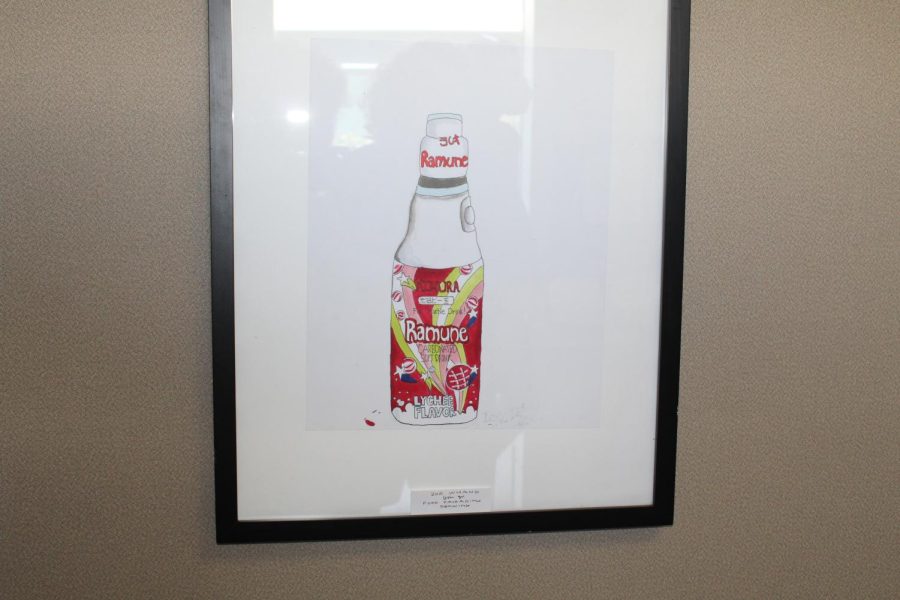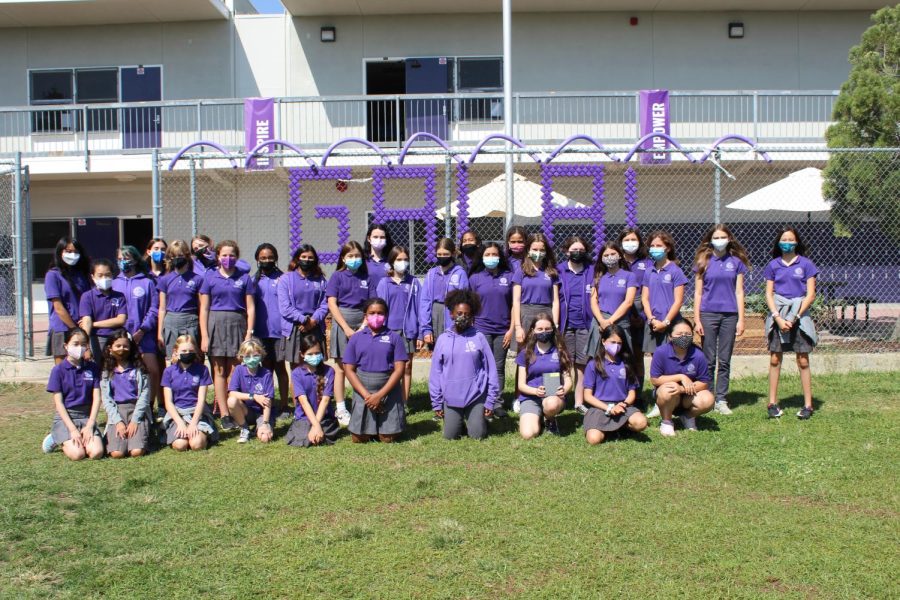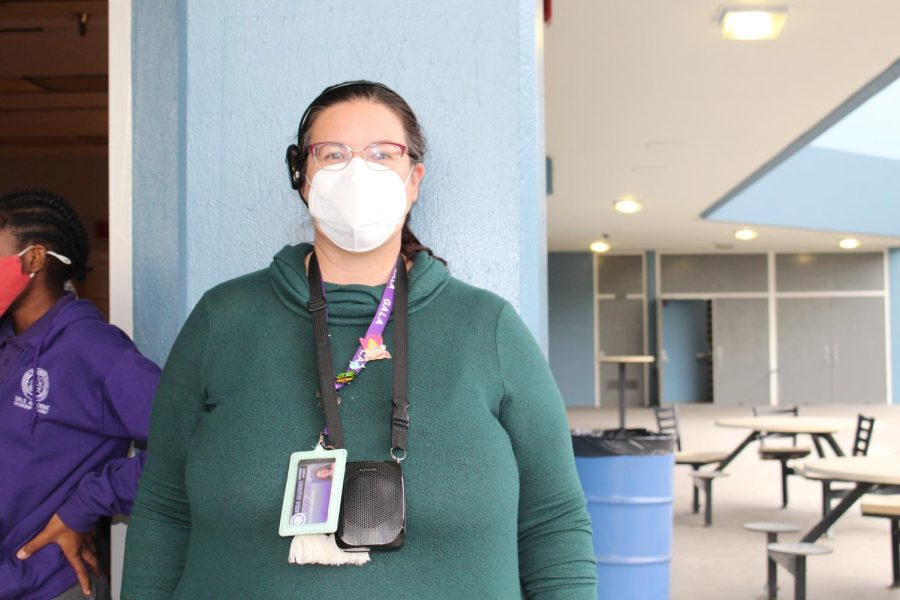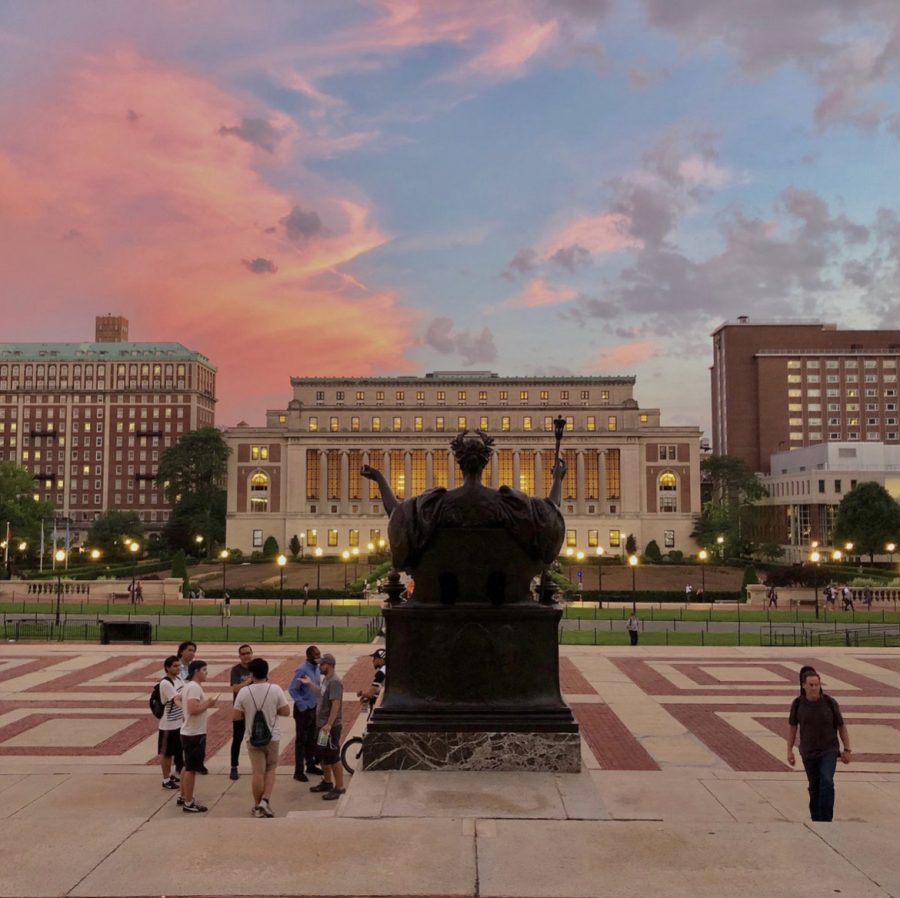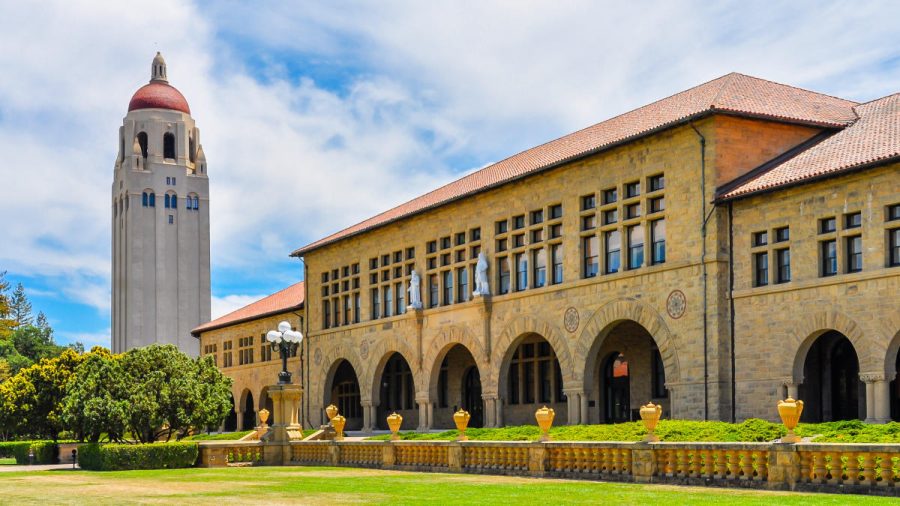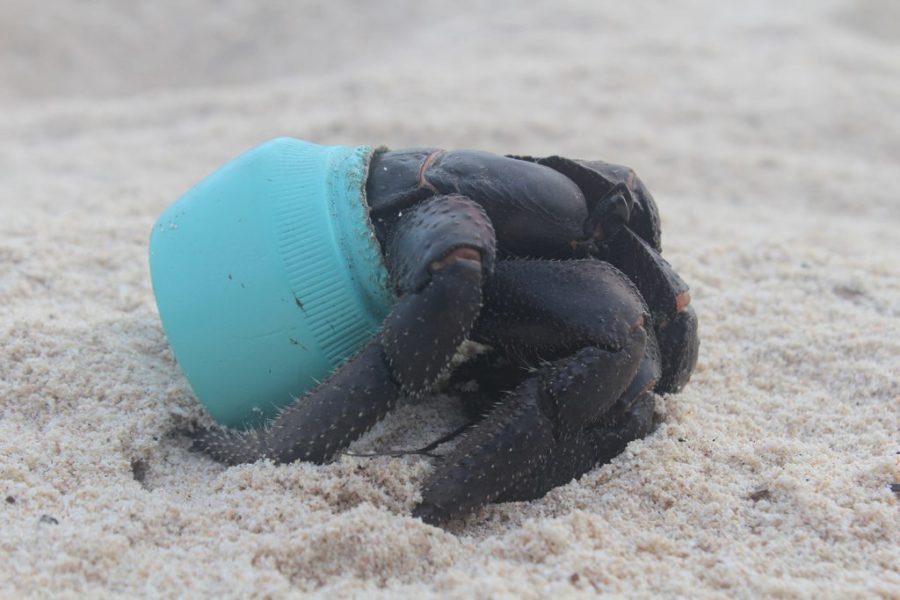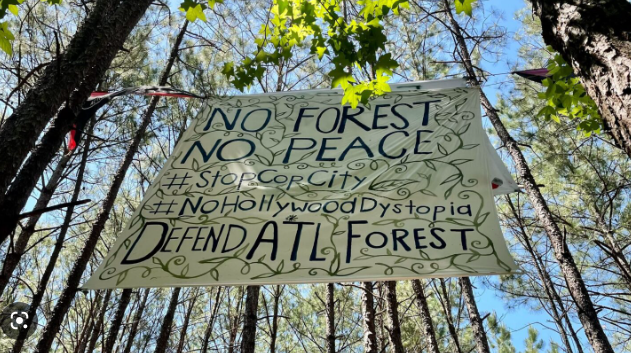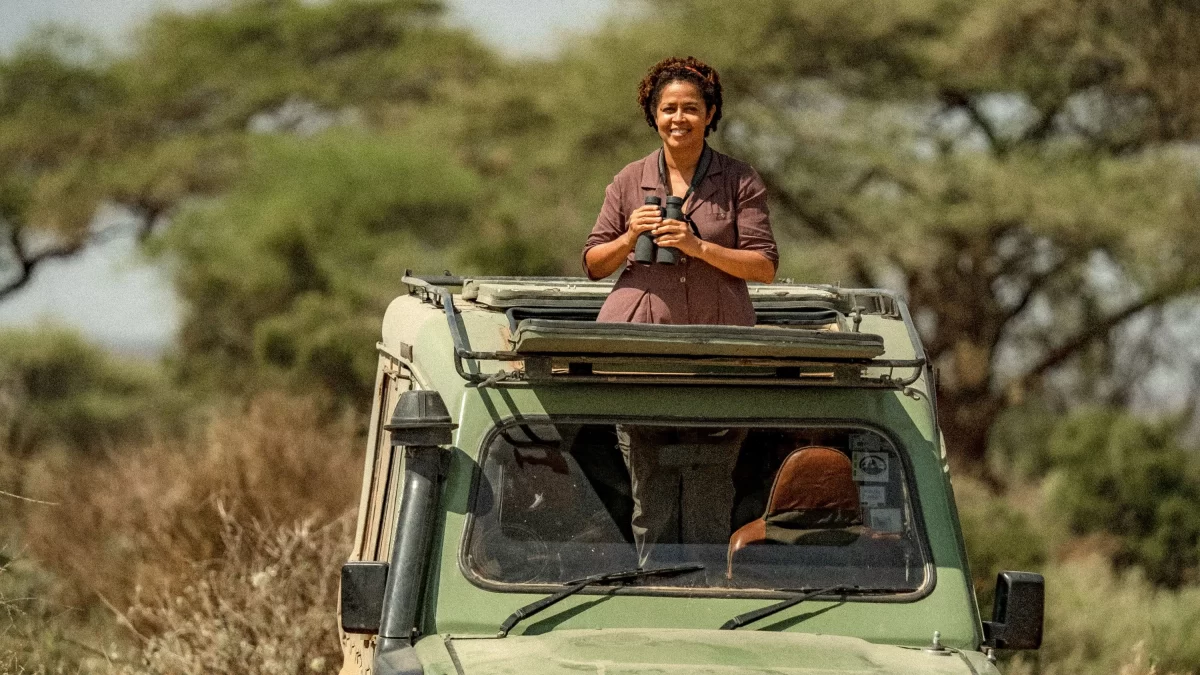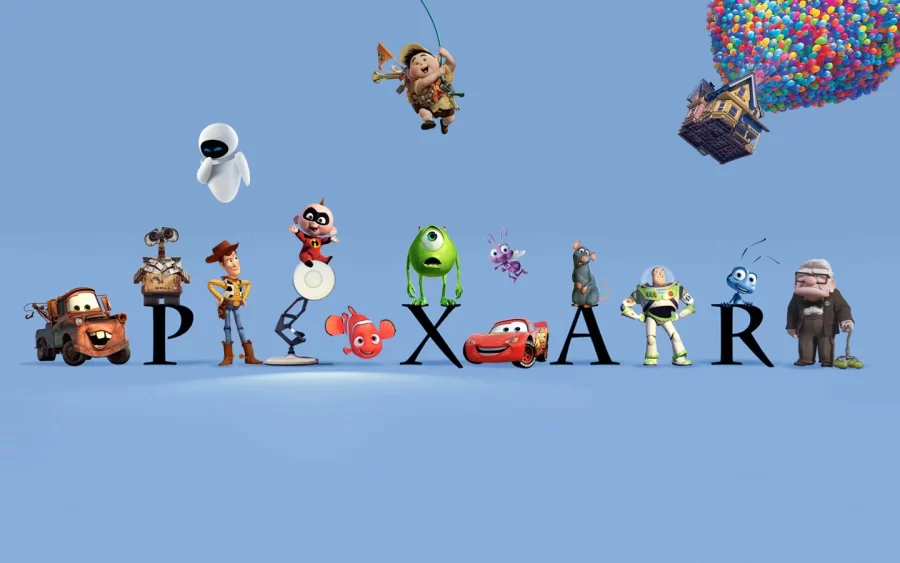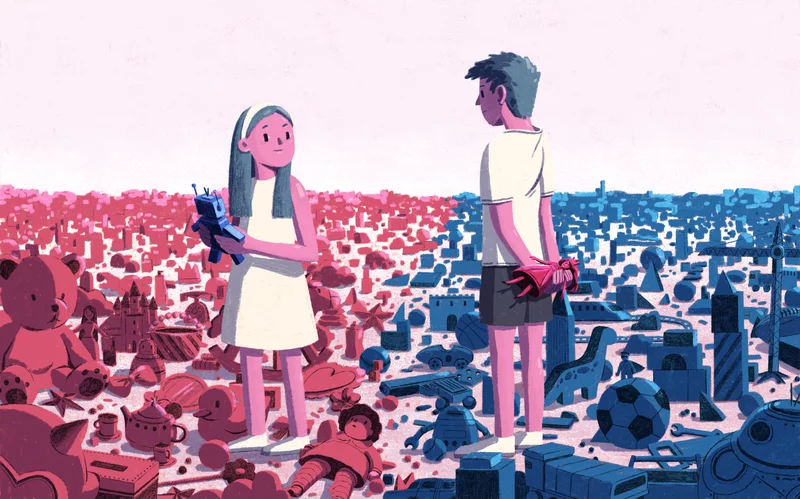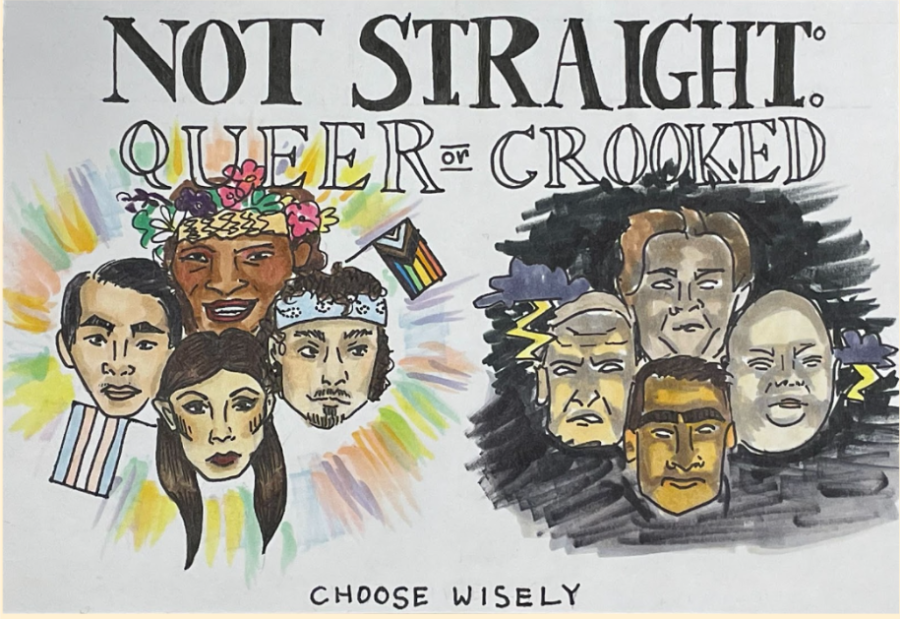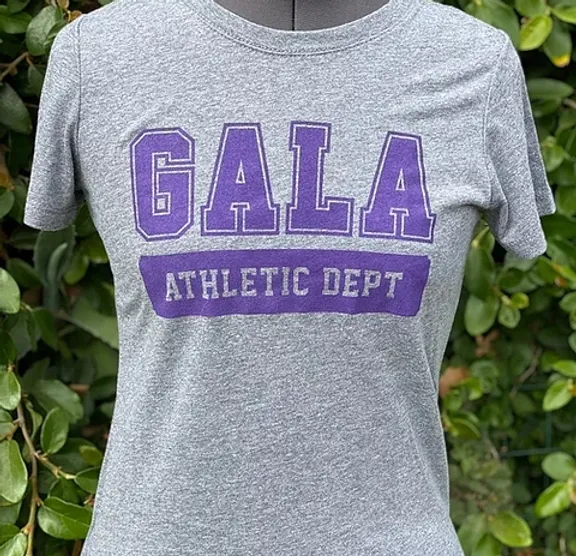Are Zoos Ethical?
Benefits of Zoos
The first instances of menageries were around 3500 BCE, and served as places where wealthy people would show off their pets. While zoos remained a symbol of power and wealth throughout the following centuries, the early 19th century brought new meaning for zoos: trying to educate the public. The first scientific zoo was the London Zoo, opened in 1828, which started a boom of new zoos to come years after. The first zoo in the U.S. was the Philadelphia Zoo, opened in 1874. After the Atlanta Zoo was opened in 1886, it was ranked one of the worst zoos in the U.S. because of animal neglect. Zoos are highly controversial and often regarded as unethical. However, there are many reasons why zoos are important for combating environmental issues. Zoos help with conservation, advocacy, and research on animals and their habitats.
Today, there are over 15,000 species threatened by extinction, according to The National Museum of Natural History. Those animals include the giant panda and the mountain gorilla. Zoos contribute to the conservation of these animals by providing reintroduction programs and funding for conservation in the wild. They increase biodiversity by using captive breeding, which increases the size of a population. Captive breeding is arguably one of the more controversial sides to zoos, as it can be an effective way to bring a species back from really low numbers. However, environmental researcher Paul Dolman would argue that breeding endangered animals back into healthy populations could take away attention from the root of the issue: we need to focus on maintaining healthy ecosystems. “Captive breeding can reduce motivation and resources for conservation in the wild, with disastrous consequences” (Dolman). While captive breeding may not be the best way to get a species’ numbers up, it still makes a difference. For example, in 1982 there were only 22 California Condors left in the California mountains. Due to the use of captive breeding, their numbers have now risen to 440, according to the US Fish and Wildlife Service. Conservation work done by zoos helps advocate and raise awareness for struggling species and also can bring back endangered species.
Zoos can also be someone’s only exposure to an animal, especially in urban areas. Exposure to animals is extremely important because it allows a connection to form with humans and a species. A person is less likely to care about a cause they have no idea about or have little to no exposure to. Zoos and aquariums create a space for children and adults alike to see animals in real life and truly understand that animals are struggling due to environmental changes and man-made problems. A lot of zoos emphasize that they educate people on the importance of maintaining biodiversity and preventing organisms from going extinct. Zoos work as an advocate for animal conservation and safety, and they act as a huge network for fighting for more wildlife preservation and laws.
Additionally, research that is funded and facilitated by zoos provides us with genetic and behavioral archives of information about an organism. Karyln Marcy, from the Association of Zoos and Aquariums (AZA) says, “In 2019, AZA-accredited facilities invested over $26 million on research and studied over 560 species and subspecies.” By examining animals’ DNA and their behavioral patterns, we can learn more about how to prevent future extinctions and harm to the environment because it allows us to observe dynamics between animals and their connection to the ecosystem. The prairie dog is a really great example of how one animal can affect an entire ecosystem. According to Heidi Pinkerton, with Defenders of Wildlife, “Prairie dogs are considered a ‘keystone’ species because their colonies create islands of habitat that benefit approximately 150 other species.” Prairie dogs fertilize and turn over soil by creating their underground burrows, which benefits the plants growing in that habitat, and they also create housing for many other animals. Without taking into consideration the way that certain species affect the environment and their habitats, we might not know what can cause extinctions and how we can prevent drastic changes to an ecosystem, so understanding and recognizing how animals interact with their environment is crucial.
Not only do animal studies from zoos help us understand how to save our environment, but using nature and animals also helps us with infrastructure advancements. An example of this is the Japanese bullet train that uses biomimicry (emulation of patterns within nature) to make the train quieter when leaving tunnels. By collecting data on animals, we create a safety net for the species against extinction and create a Noah’s Ark in a sense.
While zoos are tremendously beneficial, they often make people feel sad for the animals. The main issue people have with zoos is that animals are being kept in enclosures for most of their lives. There should be many rules and regulations put in place to protect the animals, and zoos should be prioritizing animals’ quality of life and wellbeing to limit unethical treatment.
Zoos create a space for animals to thrive within a controlled environment that doesn’t have as many pressures as the wild, so the species’ population can have a chance to become stable. However, there are many cases where a zoo is not the best place for an animal. According to CBS News, studies have shown that the African elephants living in one of Kenya’s national parks live up to 56 years, while the elephants that live in zoos in Europe only live 17 years on average. Zoos have a responsibility to keep their animal’s best interests in mind, and with some animals, that’s just not possible. Elephants are very social creatures and a lack of bonding with other elephants can cause depression and aggression. If a zoo does not have the proper resources to accommodate an animal, they should not keep that species there. Fortunately, some animals are from rehabilitation programs and can’t actually be introduced back into the wild, and would never be able to survive without the care they get at the zoo. Although it can be awful to keep an animal in an enclosure most of their life, zoos provide enrichment for animals along with an enclosure that mimics their natural habitat as much as possible, and most zoos try to give the animal the best quality of life they can. While it’s true that taking an animal out of their habitat is not always the best option, it can be helpful in the long run for many species.
Zoos are not perfect. There should be many more laws and regulations put in place to protect the animals in zoos. However the main issue is not zoos, it’s that there is an actual need to have them now because in the long run, zoos provide financial, educational, and conservational support to the planet as a whole.

Miranda S. is a junior at Girls Academic Leadership Academy. It is her second year working in the journalism elective and she is currently a staff writer...
